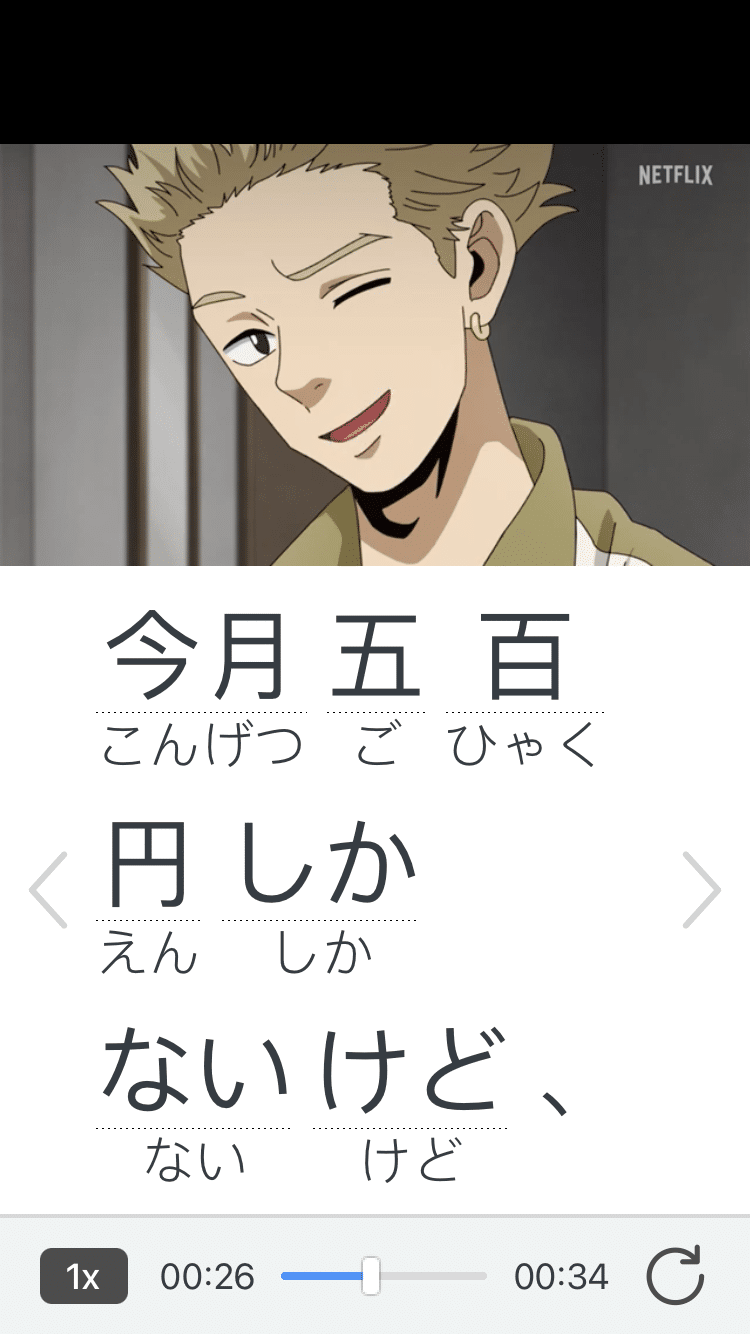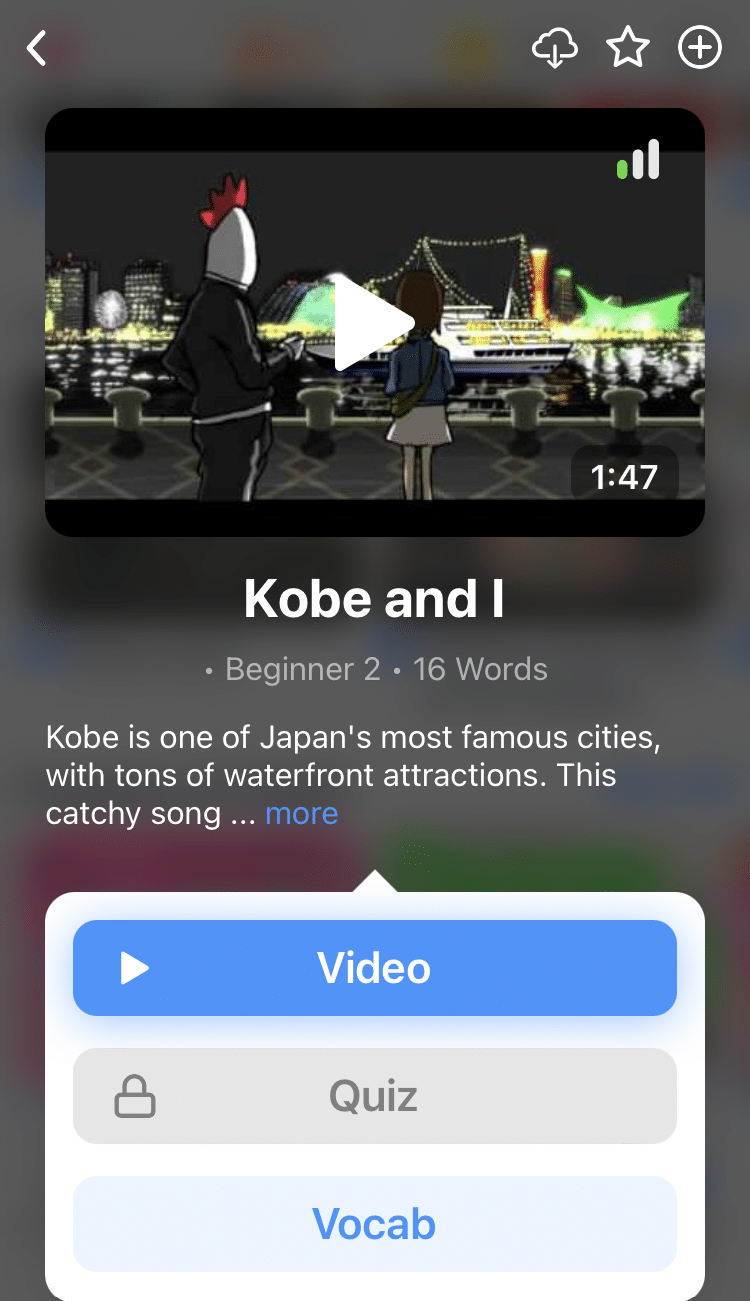
7 Fun Christmas Carols in Japanese
Music is a good alternative to traditional learning, and karaoke can be a major source of inspiration for all Japanese learners.
Even if film and literature remain foolproof methods, traditional songs are unexpected and fun ways to enlarge your vocabulary, practice your speaking ability, and last but not least, deepen your cultural bond with Japan. Here are some popular Christmas carols and songs in Japanese that you can use to increase your language skills.
Contents
- 1. “きよしこの夜” (きよし この よる – Silent Night)
- 2. “ジングルベル” (じんぐる べる – Jingle Bells)
- 3. “おめでとうクリスマス” (おめでとう くりすます – We Wish You a Merry Christmas)
- 4. “クリスマスの12日” (くりすますの じゅうににち – The Twelve Days of Christmas)
- 5. “サンタが町にやって来る” (さんたが まちに やってくる – Santa Claus Is Coming to Town)
- 6. “あわてんぼうサンタクロース” (あわてんぼう さんたくろーす – Santa Claus Is in a Hurry)
- 7. “メリクリ” (めりくり – Merry Christmas)
- And One More Thing...
Download: This blog post is available as a convenient and portable PDF that you can take anywhere. Click here to get a copy. (Download)
1. “きよしこの夜” (きよし この よる – Silent Night)
Although the religious dimension of this song may actually not seem obvious to many Japanese, it definitely is a classic there as well.
For Japanese learners, these lyrics are a great occasion to understand traditional sentence breakdowns.
Let’s have a look at the third strophe, for example:
きよしこの夜 御子の笑みに
恵みの みよの 明日の光
輝けり ほがらかにきよし この よる みこの えみに
めぐみの みよの あしたの ひかり
かがやけり ほがらかにSilent night, holy night
Son of God love’s pure light
Radiant beams from thy holy face
With the dawn of redeeming grace
Jesus, Lord, at thy birth
Jesus, Lord, at thy birth
This is a prime illustration of typical Japanese syntax. Not only is that helpful to build your own sentences, it also shows very clearly where to naturally pause when reading or speaking. Yep, I’d bet you’ve heard your Japanese teachers tell you that particles are key.
2. “ジングルベル” (じんぐる べる – Jingle Bells)
Above is the traditional version that all Japanese children grow up hearing and singing at Christmastime.
Below is another, slightly kookier version that I think is worth a watch.
How classic is “Jingle Bells”? It’s as much a classic in Japan as it is anywhere else where Christmas is celebrated.
Well, the language in the Japanese is utterly classic too, which means that singing this Christmas carol will help you catch a more natural flow when speaking (even if what you say later does not involve any bright spirit or sleighing).
3. “おめでとうクリスマス” (おめでとう くりすます – We Wish You a Merry Christmas)
Vocabulary isn’t exactly the strong point of this one—it’s all pretty simple and straightforward—but it gives the perfect illustration of the grammar pattern “Verb+ように〜しましょう,” which is used to express an objective and the corresponding action.
幸せがくるように (しあわせがくるように)
お祈りしましょう。(おいのりしましょう。)Let’s pray
to bring happiness.
Practice with this song, and keep this structure somewhere in your head.
4. “クリスマスの12日” (くりすますの じゅうににち – The Twelve Days of Christmas)
Counter words are one of the most annoying things Japanese grammar brings to all Indo-European language native speakers.
The mere idea that you have to add some small word between a figure and what you’re counting, paired with the fact that there’s a long list of those depending on the nature of the things (and concepts, and days, and people, and…) you’re counting frequently makes this point somewhat frustrating.
After listening to this song, you’ll know how to count people, days, and birds too.
5. “サンタが町にやって来る” (さんたが まちに やってくる – Santa Claus Is Coming to Town)
Two things to remember from those lyrics:
さあ。This interjection is often translated in English by “here we go”, which illustrates its conclusive nature.
On the other hand, ねえ used at the beginning of a sentence, is a very common interjection, as you can see in “Santa’s coming to town”.
Be careful, when you combine these two (さあね or さあねえ), the meaning changes to express hesitation or helplessness, something that would be closer to “I don’t know” or “I’m not sure.”
6. “あわてんぼうサンタクロース” (あわてんぼう さんたくろーす – Santa Claus Is in a Hurry)
Apart from being one of the most cheerful Christmas songs ever, “あわてんぼうサンタクロース” also happens to be a priceless source for onomatopoeia and an excellent illustration of how to use them.
One example is with りんりんりん. The answer is given in the lyrics, since this strophe mentions bells. りんりんりん…can you hear the bells, now?
What’s interesting here is that it shows that onomatopoeia are not used only by themselves, the way you’d use “ding ding” in English.
In Japanese, they’re often combined with the corresponding verb to reinforce its meaning. This also means that in many cases, it’s easier to understand their meaning, precisely because they’re used in conjunction with a verb that you may know, or at least that will show in the dictionary when you search it.
7. “メリクリ” (めりくり – Merry Christmas)
If you don’t know BoA yet, you need to fix that ASAP, because this Korean pop singer has been famous in Japan since the beginning of the 2000’s.
Most Japanese people older than her or around her age (namely in their late twenties and above) know the chorus of this classic carol by heart, and are likely to get fairly emotional when it starts playing.
From a linguistic point of view, the best part of this song is that she actually sings long (therefore complex) sentences compared to most pop music hits where it is generally very simple (not to say simplistic).
Take this line for instance: “どこかで辛いことや淋しさにぶつかっても、君想うこの気持ちに正直でいると誓うよ。” (どこかで つらいことや さびしさに ぶつかっても、きみ おもう この きもちに しょうじきで いると ちかうよ。)
Translation: Even if painful things and lonely things collide somewhere, I swear that I’ll be honest about the feelings I feel for you.
If you’re anywhere between intermediate and advanced, it would be a good exercise to give it a try and translate the whole song.
Do these catchy carols leave you hungry for more? Then you may want to check out FluentU. This program is video-based, so you can learn Japanese through native videos, including music videos, with subtitles and other learning tools.
FluentU takes authentic videos—like music videos, movie trailers, news and inspiring talks—and turns them into personalized language learning lessons.
You can try FluentU for free for 2 weeks. Check out the website or download the iOS app or Android app.
P.S. Click here to take advantage of our current sale! (Expires at the end of this month.)

The titles above are merely a few ideas among thousands of other possibilities, but represent a good starting point.
Who knows, it may also be your first step into the world of Japanese song lyrics.
Download: This blog post is available as a convenient and portable PDF that you can take anywhere. Click here to get a copy. (Download)
And One More Thing...
If you love learning Japanese with authentic materials, then I should also tell you more about FluentU.
FluentU naturally and gradually eases you into learning Japanese language and culture. You'll learn real Japanese as it's spoken in real life.
FluentU has a broad range of contemporary videos as you'll see below:

FluentU makes these native Japanese videos approachable through interactive transcripts. Tap on any word to look it up instantly.

All definitions have multiple examples, and they're written for Japanese learners like you. Tap to add words you'd like to review to a vocab list.

And FluentU has a learn mode which turns every video into a language learning lesson. You can always swipe left or right to see more examples.

The best part? FluentU keeps track of your vocabulary, and gives you extra practice with difficult words. It'll even remind you when it’s time to review what you’ve learned. You'll have a 100% personalized experience.
Start using the FluentU website on your computer or tablet or, better yet, download the FluentU app from the iTunes or Google Play store. Click here to take advantage of our current sale! (Expires at the end of this month.)


